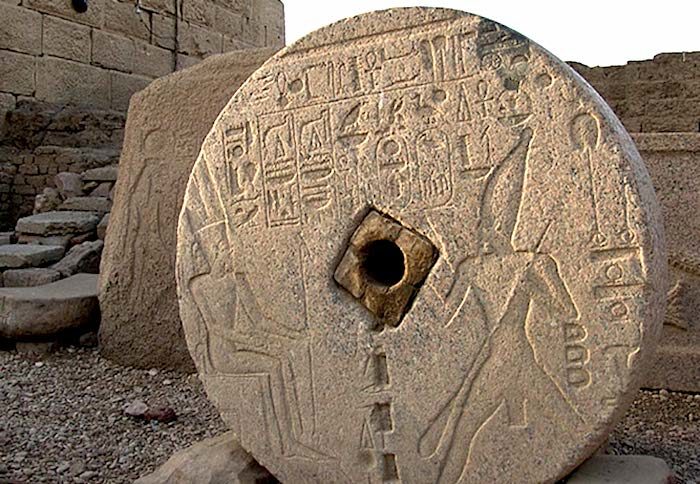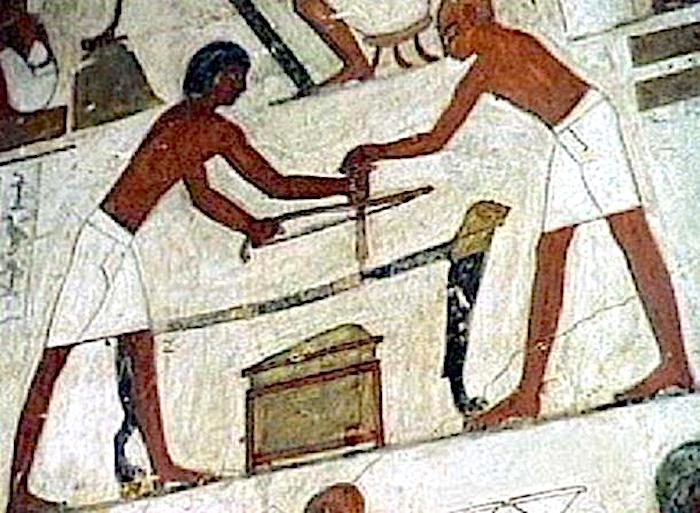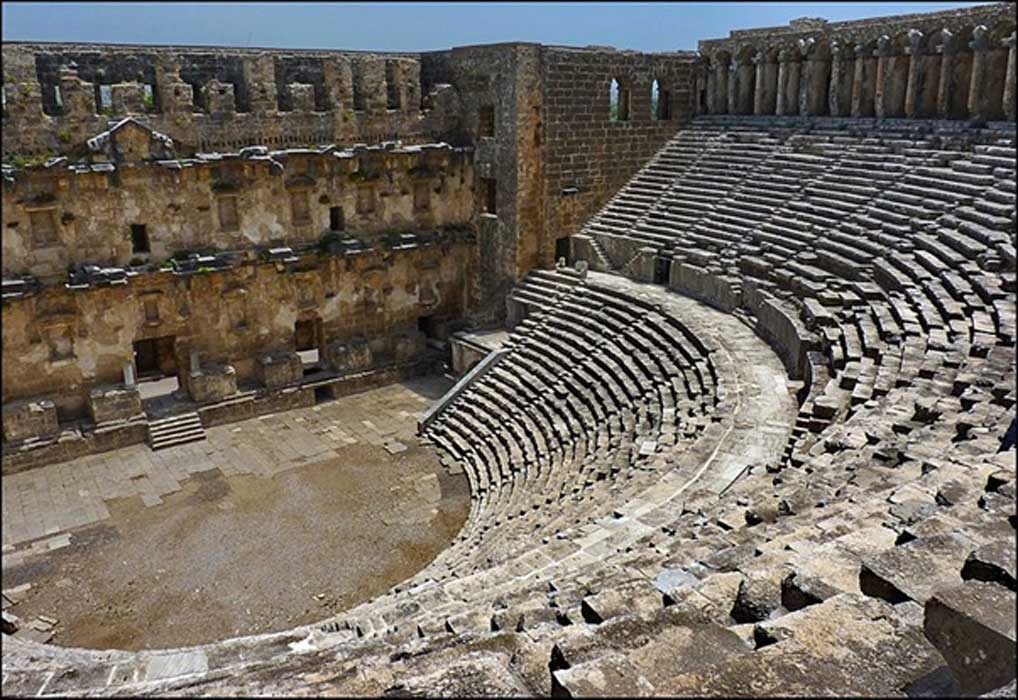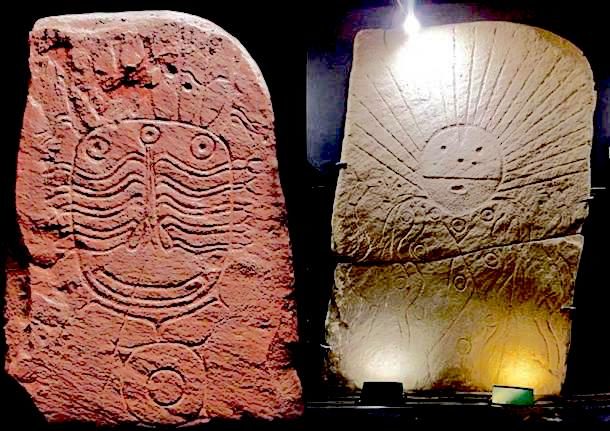
© Dendera TempleGrinding stone, Dendera Temple, Egypt
Most people know of the great construction achievements of the dynastic Egyptians such as the pyramids and temples of the Giza Plateau area as well as the Sphinx. Many books and videos show depictions of vast work forces hewing blocks of stone in the hot desert sun and carefully setting them into place. However, some of these amazing works could simply not have been made by these people during the time frame that we call dynastic Egypt.
Up until the 7th century BC there was very little iron present in Egypt, as this material only became commonly used once the Assyrians invaded at that time; in fact, the ancient Egyptians regarded iron as an impure metal associated with Seth, the spirit of evil who according to Egyptian tradition governed the central deserts of Africa. A few examples of meteoric iron have been found which predate the Assyrians, but this consists largely of small ornamental beads.
The very basic problem that arises is that we find at many of the ancient sites in Egypt finely crafted works in basalt, granite, quartzite and diorite which are very hard stones that can't be shaped efficiently even by hardened iron tools. For most of the history of Egypt, the tools used to shape stone consisted of hardened bronze, which is much softer than iron. In this article, we will see examples of ancient hard stone workmanship which simply could not have been created during the dynastic Egyptian time frame of about 2500 to 1500 BC, when most academics believe they were made. Only a few examples will be discussed, and far more can be seen and read about in my
Lost Ancient Technology Of Egypt book.

© Unknown
For more on this topic, go
here.




Comment: Perhaps we're not so different from our ancestors after all...
Authorities advise on possible "Lizard Man" and "Bigfoot" sightings during solar eclipse